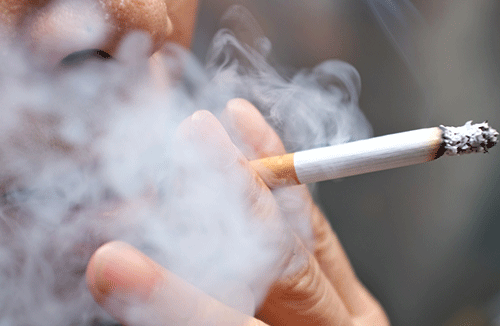ONGWEDIVA – Research carried out by the Centres for Disease Control and Prevention indicated a 0.5% decline in smoking habits in Namibia.
The statistics report provided to the Ministry of Health and Social Services indicated that 15.10% of the Namibian population are smokers with the highest being active men. A 0.5% decline in smoking was detected from 2019 to 2020.
According to the chief environmental health practitioner in Oshana, Maria Nandjala, the decline in smoking habits was caused by raising awareness on the use of tobacco by the ministry of health and other health organisations responsible for public health. They emphasised the long-term effects of tobacco in general, making consumers second guess their smoking decisions.
“Anti-tobacco media campaigns also played a major role in showing the dangers of smoking. Media reports also had an impact on this decline by writing and reporting on the dangers and effects of smoking,” said Nandjala.
According to a 2017 study by the Toll of Tobacco in Namibia, 20.1% of men and 5.1% of women aged 15-49 consume tobacco and 31.1% are youth aged 13-15. Also, 11.9% smoke cigarettes and 16.0% use smokeless tobacco.
“The 0.5% decline in tobacco consumers has been detected in active smokers because they are the primary consumers. In passive smokers, not really because they are not smokers, they are secondary consumers of the primary (active) consumers. They (passive) inhale the smoke from the tobacco when active smokers are smoking,” said Nandjala.
According to her, the highest decline is in male tobacco smokers because they showed the highest tobacco consumption than female smokers.
The Tobacco Product Control Act of 2010, which is the primary tobacco control law in Namibia, limits the sales of tobacco in the market.
“Businesses and outlets selling tobacco products need to familiarise themselves with the Act, so they know what is legal for them to sell. Businesses in Namibia are only allowed to sell tobacco products that illustrate the dangers and effects of smoking,’’ said Nandjala.


